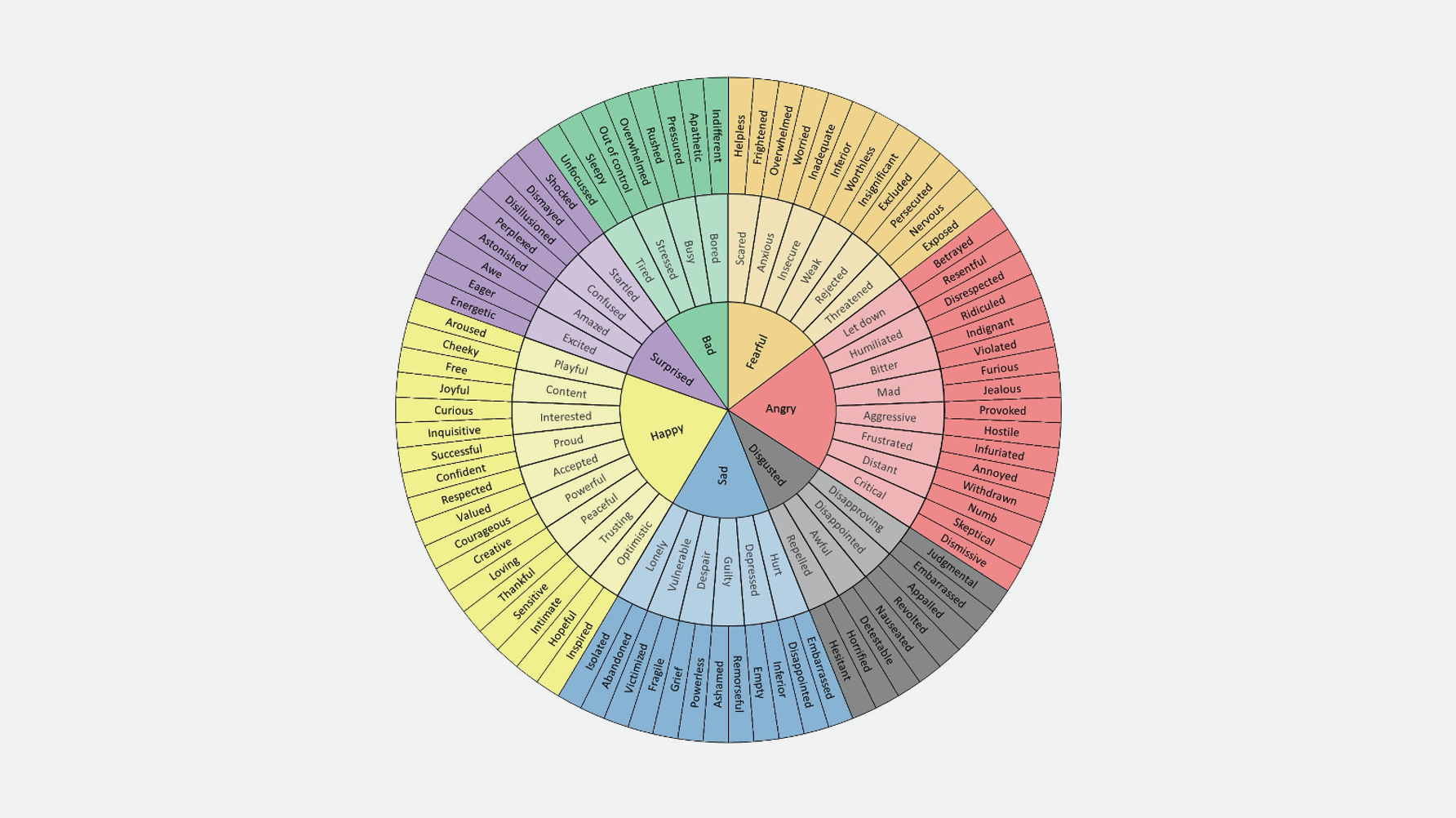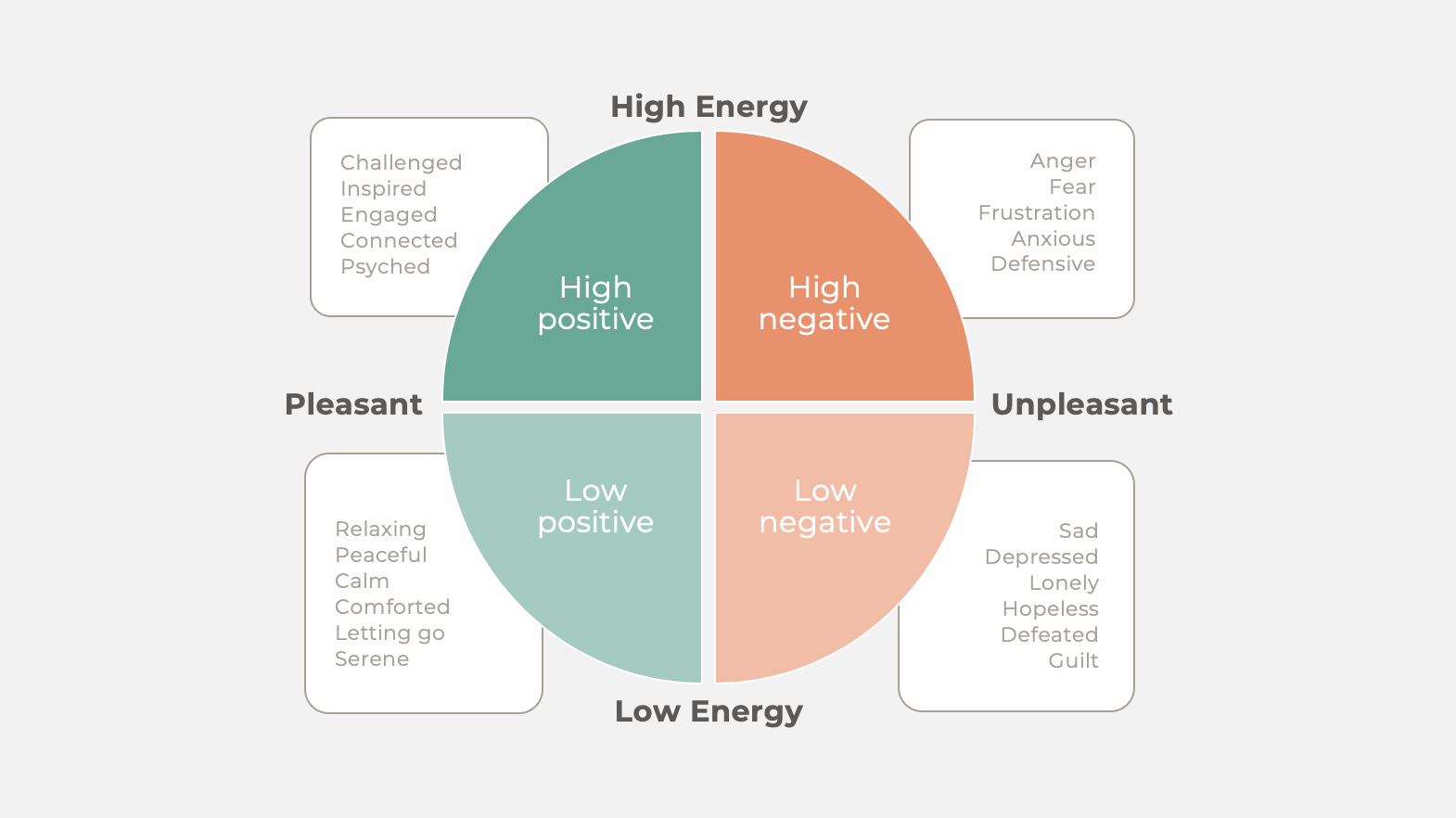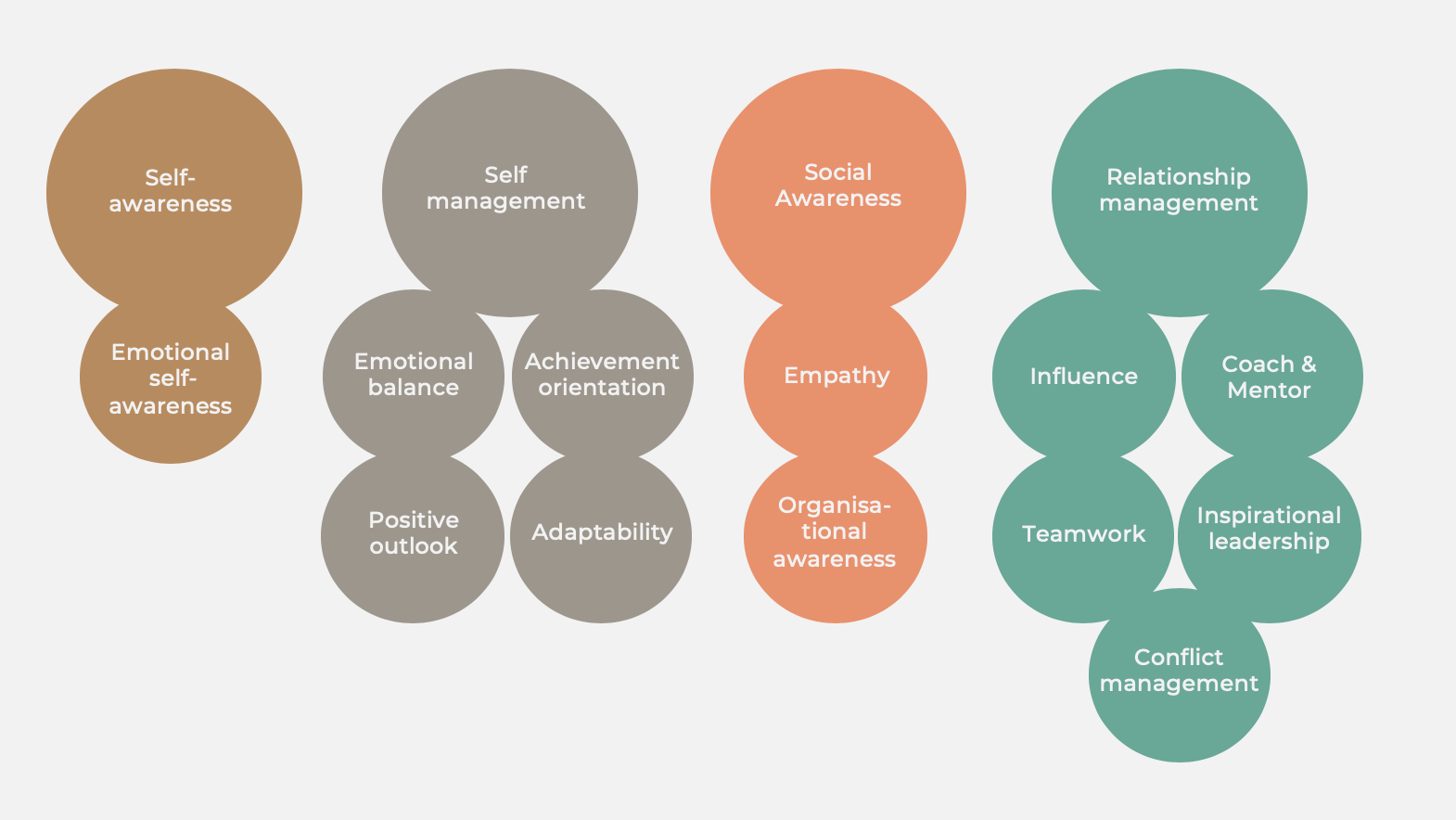5 Science-Based Strategies for Leading Emotions as the ‘New Normal’ Looms

“In my 30 year career, I’ve never felt fear at work. Now, I’m not only scared on behalf of my aging mother and struggle to cope myself, but I sense the fear and uncertainty in my organisation, too.” This comment would have been nearly unimaginable just three months ago. Now, fear of death, worry, anger, and strong emotional reactions have crept into most of my coaching discussions. With the return to the office looming, many are asking: how can I better lead emotions – my own and those of others?
Working and living under COVID-19 restrictions has sent many of us on an emotional roller coaster ride of highs and lows. In my discussions with clients, this has become a go to question:
“What emotions are you experiencing at this moment in time?”
The words lonely, appreciative, frustrated, enlivened, lethargic, optimistic, fearful, … might spring to mind. These are all perfectly natural responses. Emotions are complex, and hence often misunderstood or ignored. Today, emotions are more important than ever. In 2016, the World Economic Forum added emotional intelligence to their list of top 10 workplace skills for 2020. They had no idea how right they would be. Here I’ll describe strategies for embedding emotional intelligence at the centre of your leadership – to enhance wellbeing, deepen your relationships, and come out stronger on the other side.
The Science of Emotions: Classical and New Theory
The ‘e’ word is often professionally side-lined and rarely acknowledged in the workplace. Yet, emotions are ubiquitous, and they influence virtually every aspect of human cognition and behaviour. The evolutionary role of emotions is simple: to promote our survival. Fear propels us to run away from danger, infatuation makes us procreate.
So what does research say about emotions? The classical theory is that emotions happen to you; they are an inner uncontrollable beast which must be tamed by our rational and logical mind. Something triggers your neurons, fires internal emotions, creates bodily responses and reactions. However, this simplistic and outdated view of emotions encourages a victim mindset where we’re inherently helpless to resist our emotions.
Over the last two decades, however, neuroscience research has challenged these key beliefs with a new theory of emotions. Lisa Feldman-Barrett, a neuroscientist at Northeastern University in Boston, proposes that our brain perceives emotions in a similar way it perceives colours: it predicts and categorises the situation via interoceptive predictions and emotion concepts from one’s culture, to construct an instance of emotion. This new paradigm places power within us and gives us a personal choice to decide which emotions to embody.
“It’s not true that we all feel the same things, that anyone can “read” other people’s faces, and it’s not true that emotions are things that happen to us” –Lisa Feldman-Barrett
5 ways to improve your emotional leadership
The following simple strategies can help you work with your emotions and place them at the centre of your leadership – of yourself and of others:
1. Make your language around emotions more granular
We often talk about our feelings in a simplistic manner. The default response to ‘how are you?’ might be ‘busy’, ‘tired’, or ‘fine’. Words are representations of our internal world, and our habitual phrases to describe our feelings become ingrained. But out true feelings are often much more complex than a simplistic ‘I’m fine’. And words have power – the more accurately we can talk about our emotions, the more accurately we can differentiate between them.
Try this: Take a look at the ‘Feelings Inventory’ by Marshall Rosenberg – it offers more bandwidth to expand your vocabulary and raise awareness of different feelings. Pick one emotion you are feeling and find 2-3 others that may describe your true emotion even better.

2. Recognise the range sensations associated with different feelings
Another way to become more granular about the emotions you are feeling is to map them in the emotion quadrant. The emotion quadrant identifies feelings against high/low energy and pleasant/unpleasant sensations. For example; high energy and pleasant would be inspired; low energy and unpleasant would be sad. Understanding where you are in the quadrant in different situations increases self-awareness and a healthy emotional response means spending time in all the quadrants.
Try this: Think about yesterday – in which parts of the quadrant were you during the day? Was there variability or were you stuck in just one or two?

3. Use the 90 second rule
The sensations associated with a strong emotion – the rush of adrenaline, heat in the face, tightness in the throat, a raised heartbeat – they all arise, peak and dissipate within 90 seconds. Yes, it’s true. When we have an emotional reaction, the chemical process that happens in the body lasts only 90 seconds. After that, any remaining emotional response is you choosing to stay in the emotional loop. If you mentally choose to e.g. evaluate or re-play the situation, the physiological response is re-stimulated over and over again to re-create the emotion.
Try this: Next time you feel a strong emotion, try to remember the 90 second rule. Let the feeling wash over you and acknowledge the physical reaction. Really feel the feeling. After the 90 second mark, consciously shift your attention and let it go.
4. Find routines to boost your emotional wellbeing
Emotional coping mechanisms need not be complex. It’s can be as easy as shifting your attention elsewhere and doing something purely for yourself. It could be heading outdoors for a breath of fresh air, taking a virtual coffee break with a friend, embedding a gratitude ritual at the end of your day, or simply noticing and taking pleasure in the present moment, just as it is.
Try this: Think of the last time something stressful or emotionally uprooting happened. What routine helped you calm down and let go of it?
5. Identify your emotional intelligence strengths and what to develop
People often define emotional intelligence much too narrowly: they think that someone who’s social, likeable, and kind must have high emotional intelligence (EI). That’s not entirely true. In one model on emotional intelligence empathy, adaptability, and positive outlook do appear. But so do less “soft” competencies, like conflict management, achievement orientation, and inspirational leadership.
Try this: Use this framework as a tool for personal development Where are you strong? Where are you less strong? Developing your weak points of emotional intelligence can make you more effective, and dialling up your strengths can truly make you shine.

List of resources to read more on the topic
- ‘You aren’t at the mercy of your brain’ TED Talk – Lisa Ann Feldman Barrett
- Non violent communication – Marshall Rosenberg
- Emotional Intelligence: Why it can matter more than IQ – Daniel Goleman
- Emotional and Social Intelligence Leadership Competency Model – Daniel Goleman & Richard Boyatzis
- My Stroke of Insight: A Brain Scientist’s Personal Journey – Jill Bolte Taylor
- HeartMath



